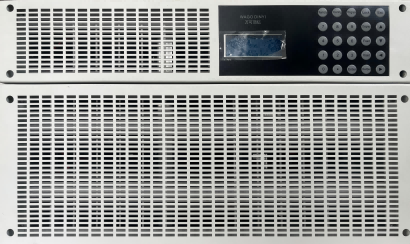test prechádzania nízkym napätím
Test prechodu pri nízkych napätiiach (LVRT) je kritickým hodnotením postupom navrhnutým na posudzovanie odolnosti vyrobného vybavenia na výrodu elektrickej energie, predovšetkým v obnoviteľných energetických systémoch, počas poklesu napätia v elektickom sieti. Táto sofistikovaná metóda testovania simulujú reálne poruchy v sieti, aby sa zabezpečilo, že systémy na výrodu elektrickej energie môžu udržať stabilitu a ďalej pracovať počas dočasných poklesov napätia. Test obvykle zahŕňa podmetnutie vybavenia riadeným poklesom napätia rôznej hĺbky a trvania, monitorovanie jeho reakcie a hodnotenie jeho schopnosti udržať spojenie a obnoviť normálnu operáciu. Počas testu zaznamenáva pokročilé meracie systémy kľúčové parametre vrátane profilov napätia, aktívnych a reaktívnych výstupov elektrickej energie a odpovedí frekvencie systému. Technológia začleňuje moderné elektronické prístroje a riadiace systémy, ktoré dokážu presne replikovať podmienky poruchy v sieti, zároveň zabezpečujúc bezpečnosť vybavenia testovaného. Aplikácie testovania LVRT sa rozširovajú cez rôzne sektory, vrátane veterných turbín, solárnych inštalácií a ďalších systémov na výrodu elektrickej energie pripojených k sieti. Toto testovanie je špeciálne dôležité na zabezpečenie dodržiavania sieťových noriem a medzinárodných štandardov, ktoré stále viac vyžadujú, aby jednotky na výrodu demonstrovali robustné schopnosti LVRT pred schválením pripojenia k sieti.




